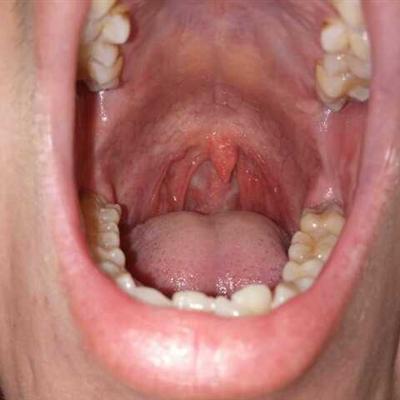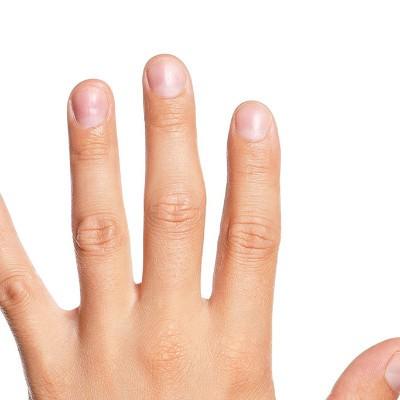Symptoms of myocardial bridge
summary
Coronary artery and its branches usually walk in the epicardial fat or deep epicardial surface of the heart. When a segment of coronary artery is surrounded by myocardium, the segment of myocardium is called myocardial bridge, and the segment of coronary artery is called mural coronary artery. Myocardial bridge may be related to the local factors of coronary heart disease, and may also cause myocardial ischemia.
Symptoms of myocardial bridge
The origin of mural coronary artery and muscle bridge coronary artery is normal, and there is no congenital malformation such as abnormal channel. Some epicardial coronary arteries are covered by superficial myocardium at the proximal or middle part, and then exposed outside the myocardium after a short distance. The segment of coronary artery covered by myocardium is called mural coronary artery or intraducted major coronary artery, and the superficial myocardium covered by coronary artery is called muscle bridge.

Mural coronary artery can also be seen in the left diagonal branch or left obtuse marginal branch. Atherosclerotic lesion is not easy to occur in mural coronary artery, but it is easy to occur in the proximal end of mural coronary artery, because the pressure in the proximal end of muscle bridge is higher than that in normal coronary artery and higher than that in aorta. Coronary angiography showed that the lumen of mural coronary artery in systole was significantly smaller than that in diastole. In mild cases, the diameter of mural coronary artery in systole was 60% - 70% of that in diastole. In severe cases, it was only less than 25%, even completely occluded.

According to the data of Fuwai Cardiovascular Hospital, the systolic lumen of 123 cases of mural coronary artery was less than 25% of diastolic lumen in 18 cases (14.6%), especially in patients with myocardial hypertrophy. In patients with systolic diameter less than 25% of diastolic diameter, 201 Tl exercise myocardial perfusion imaging and coronary sinus pacing metabolites showed myocardial ischemia.

matters needing attention
Deep type of myocardial bridge because of thick and long, great impact on coronary blood flow, and angina pectoris, ECG myocardial ischemia ST-T changes. If myocardial bridge complicated with coronary atherosclerosis secondary thrombosis or plaque shedding, the clinical symptoms of myocardial infarction and corresponding ECG changes may appear. Myocardial bridge with tachyarrhythmia is more prone to myocardial ischemia.


















